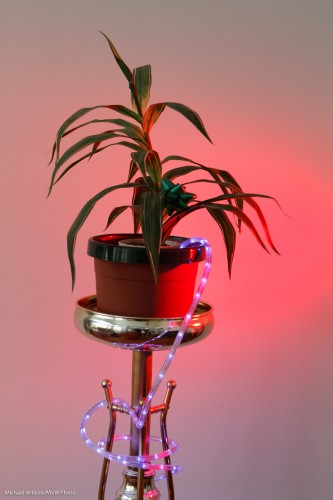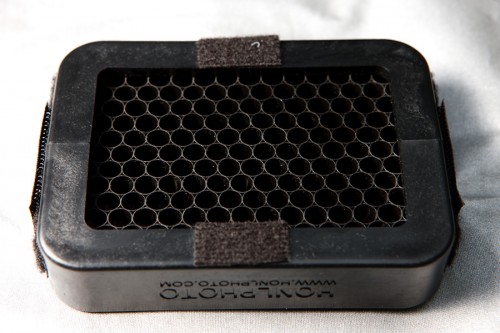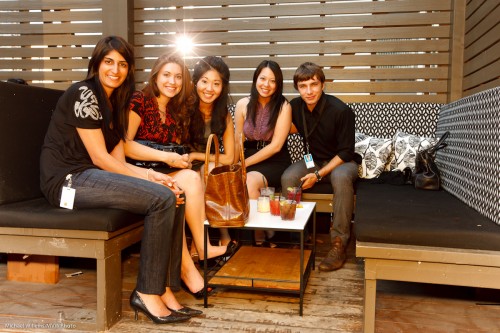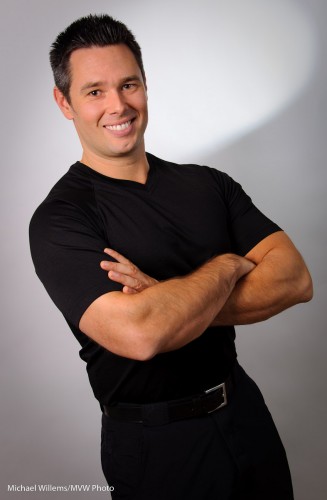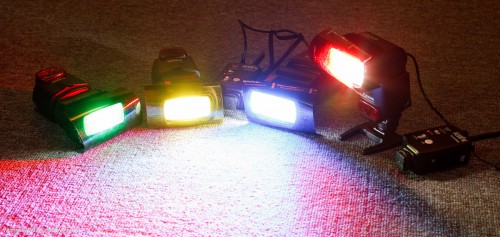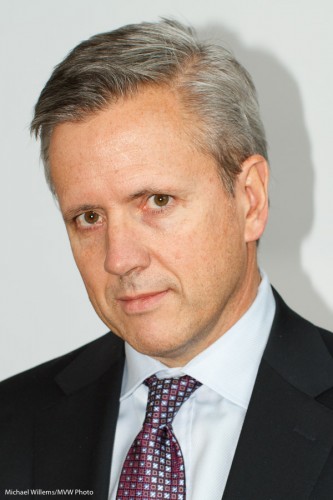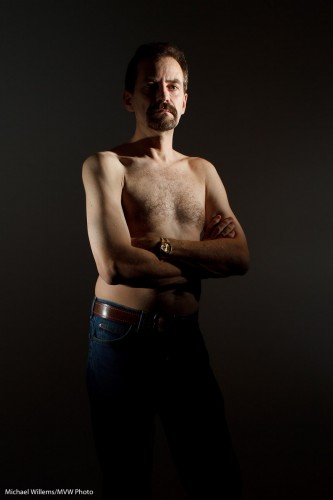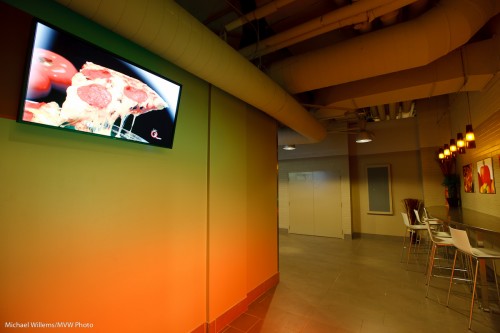I taught a very enjoyable class on “Portrait Photography” last night. I taught six students about studio lighting. Strobes, modifiers, light meters, backdrops, that sort of thing.
And one message was: it can be simple. One student wrote me just now:
I just wanted to tell you that I really enjoyed tonight’s workshop, which was excellent. I learnt so much about studio lighting in just 3 hours. I had always wondered how the big lights work prior to tonight’s workshop, and I have to say that you solved the mystery for me tonight.
Yes it can be simple. Like in this shot, made with just one light (a Bowens 500 Ws strobe fired using pocketwizards, through an umbrella):
Observant readers (no no, not religiously observant – I mean readers who look carefully) will see that I am at 1/160s on the meter, and am using 200 ISO.
(Why 200 ISO? Should I, in a studio setting, not be using 100? Not when some students use Nikon cameras, which cannot easily go down below 100 ISO. That’s why. And why 1/160th? Because being slightly below your maximum flash sync speed, so ambient light does nothing while you avoid cutting off a bit of the image, is sensible in a studio. That’s why.)
So your settings in a studio might be:
- Camera on manual;
- 1/200th second at f/8;
- 100 ISO;
- Now set the lights to those values, using a flash meter.
I used a black background, away from the lights. That way it remains black.
So if you think that is a bit contrasty – we add a second light, right? And power it 1-2 stops below the first (2:1 or 4:1 ratio)?
Maybe.
Or maybe we just use a reflector. Saves the planet.
That way we save the second light which we can then use for the background, or for hair light, or for other funky effects.
The final picture is by another of the students:
Hey! Now that black background is light grey!
That is the point too. Black can be black (it is black when it has little light falling on it) or bright white (it turns white when it has lots of light falling on it). That is why I like black. White is much harder to control – it is easy to make it white, but tough to get it darker than mid grey in a typical studio.
As for the last picture: of course the top needs to be cropped off, but that is the point: these images are straight from the students’ cameras.
Oh – and the purple edge light is a simple 430EX speedlite, with a Honl grid and a Honl gel. Also fired using a Pocketwizard.
And yes, I think I can carry it off, purple.




